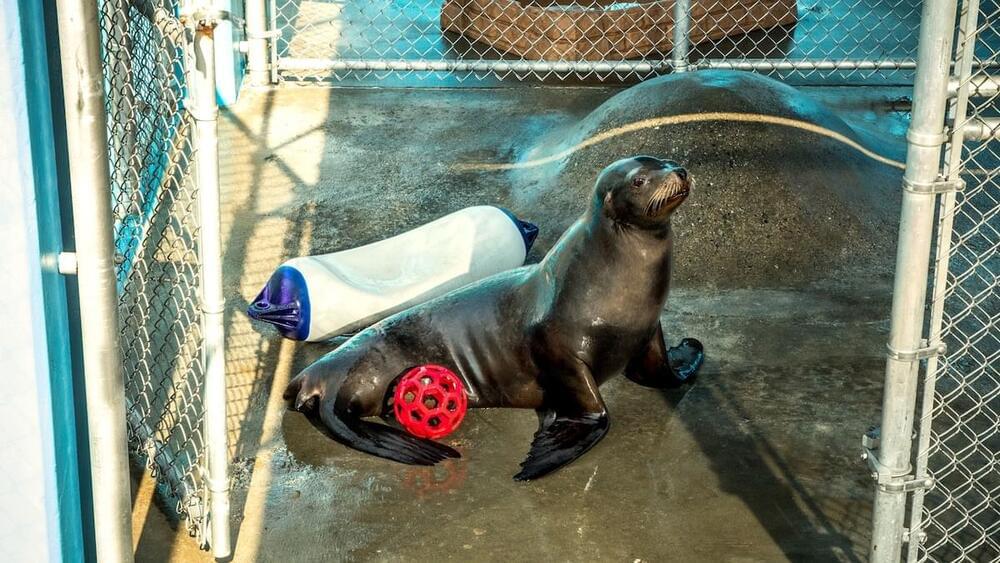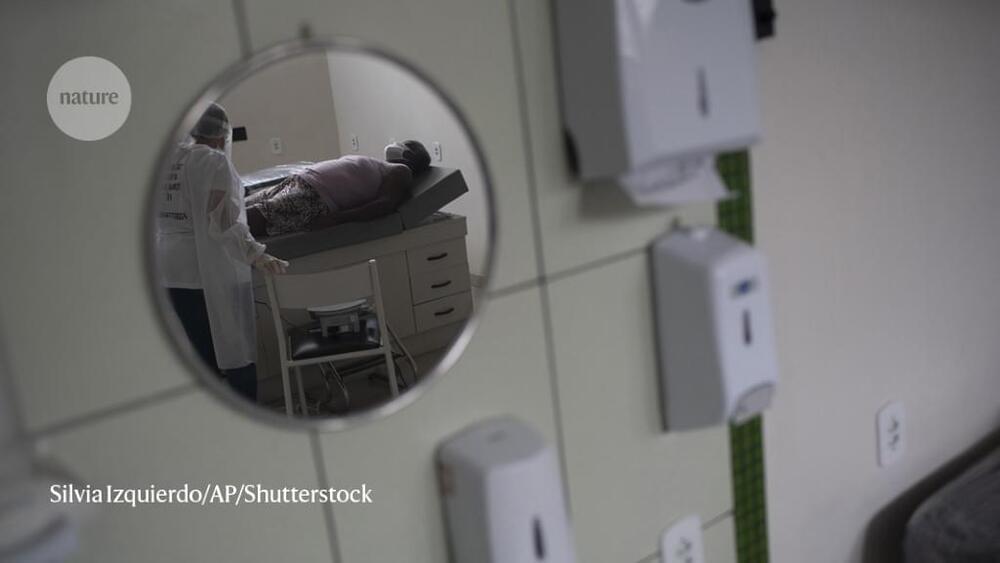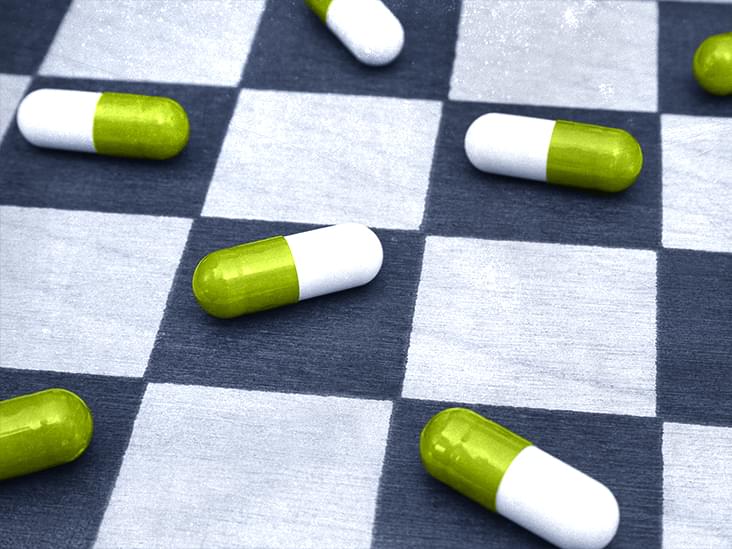Part 1: Expectations shape many key features of brain and behavior.



From the fMRI scans, the researchers saw the same areas of the brain light up but with different activation patterns, depending on whether the dogs were hearing the story in their native language or a new one—suggesting that they were neurologically processing differences between the two languages.
Then the researchers tried to test whether the dogs were responding to specific characteristics intrinsic to each language. Were the animals reacting to actual changes in speech patterns—that Hungarian words put stress on the first syllable, for instance—or just responding to basic differences in fundamental auditory signatures between the two languages—alterations in tones that occur during vowel pronunciation? They tested this by playing recordings in which the speech from the story had been garbled, resulting in gibberish that “sounded” like Hungarian or Spanish. Again, the team saw different patterns in brain activity when a dog heard real human speech instead of speechlike gibberish, although the researchers cannot yet say whether this is evidence that dogs can recognize human speech as speech (sounds strung together in a meaningful way for humans to communicate with one another)—or whether their brain was just responding to the more natural sound when compared with the weird-sounding gibberish. There was no change in brain activity between hearing Spanish gibberish versus Hungarian gibberish, however, implying that the canines’ brain was not just responding to the different tonal qualities.”
A new study’s authors say their investigation represents the first time that a nonhuman brain has been shown to detect language.


Of course, a minimum level of fidelity is required, but what’s far more important is perceptual consistency. By this, I mean that all sensory signals (i.e. sight, sound, touch, and motion) feed a single mental model of the world within your brain. With augmented reality, this can be achieved with relatively low visual fidelity, as long as virtual elements are spatially and temporally registered to your surroundings in a convincing way. And because our sense of distance (i.e. depth perception) is relatively coarse, it’s not hard for this to be convincing.
But for virtual reality, providing a unified sensory model of the world is much harder. This might sound surprising because it’s far easier for VR hardware to provide high-fidelity visuals without lag or distortion. But unless you’re using elaborate and impractical hardware, your body will be sitting or standing still while most virtual experiences involve motion. This inconsistency forces your brain to build and maintain two separate models of your world — one for your real surroundings and one for the virtual world that is presented in your headset.
When I tell people this, they often push back, forgetting that regardless of what’s happening in their headset, their brain still maintains a model of their body sitting on their chair, facing a particular direction in a particular room, with their feet touching the floor (etc.). Because of this perceptual inconsistency, your brain is forced to maintain two mental models. There are ways to reduce the effect, but it’s only when you merge real and virtual worlds into a single consistent experience (i.e. foster a unified mental model) that this truly gets solved.

A cheap, widely available drug used to treat mental illness cuts both the risk of death from COVID-19 and the need for people with the disease to receive intensive medical care, according to clinical-trial results1. The drug, called fluvoxamine, is taken for conditions including depression and obsessive-compulsive disorder. But it is also known to dampen immune responses and temper tissue damage, and researchers credit these properties with its success in the recent trial. Among study participants who took the drug as directed and did so in the early stages of the disease, COVID-19-related deaths fell by roughly 90% and the need for intensive COVID-19-related medical care fell by roughly 65%.
Study co-author Angela Reiersen, a psychiatrist at Washington University School of Medicine in St Louis, Missouri, has long been interested in using fluvoxamine to treat a rare genetic condition. While monitoring the fluvoxamine literature before the pandemic, she came across a 2019 study showing that fluvoxamine reduced inflammation in mice with sepsis2. When COVID-19 hit, “I immediately thought back to that paper with the mice,” she says.
Reiersen and her colleagues partnered with the organizers of the TOGETHER Trial, which aims to identify approved drugs that can be repurposed to treat COVID-19. The team’s study included 1,497 people in Brazil who had COVID-19 and were at high risk of severe disease. Roughly half received fluvoxamine, and the rest received a placebo.
The trial’s results, published on 27 October, mean that fluvoxamine is one of a handful of therapies that show strong evidence of preventing progression from mild to severe COVID-19. The only early-stage treatments currently recommended by the US National Institutes of Health are monoclonal antibodies, which are costly and difficult to administer in an outpatient setting.

If you had a few hundred experiments to manage during your days in space, how would you blow off steam in your spare time?
A badminton match was the activity of choice for International Space Station astronauts and spaceflight participants during the holidays. You can catch a short video of the activities of several crew members of Expedition 66 below; make sure to rotate it so you can watch the crew members working in 360 degrees.
The module they are using is the Japanese Kibo module, which is a common location for crews to conduct press conferences. The Kibo module also has a little more space for physical activities than some of the other ones, especially since there are no laptops or delicate experiments crowding the walls.
Space agencies around the world ask their astronauts to exercise for about 90 minutes to two hours a day, which does everything from keeping their bones and muscles secure for Earth living again, to providing mental well-being.
While the match was all in good fun, professional astronauts have a long-term goal of studying medicine on the International Space Station, both to prepare for long-duration missions to the moon and also to help seniors on Earth.
Full Story:

Summary: Researchers have identified a novel biomarker for depression and antidepressant response. The biomarker can be identified and monitored through blood samples.
Source: University of Illinois.
Researchers are one step closer to developing a blood test that provides a simple biochemical hallmark for depression and reveals the efficacy of drug therapy in individual patients.



Decisions, decisions. All of us are constantly faced with conscious and unconscious choices. Not just about what to wear, what to eat or how to spend a weekend, but about which hand to use when picking up a pencil, or whether to shift our weight in a chair. To make even trivial decisions, our brains sift through a pile of “what ifs” and weigh the hypotheticals. Even for choices that seem automatic—jumping out of the way of a speeding car, for instance—the brain can very quickly extrapolate from past experiences to make predictions and guide behavior.
In a paper published in January 2020, in Cell, a team of researchers in California peered into the brains of rats on the cusp of making a decision and watched their neurons rapidly play out the competing choices available to them. The mechanism they described might underlie not just decision-making, but also animals’ ability to envision more abstract possibilities—something akin to imagination.
The group, led by the neuroscientist Loren Frank of the University of California, San Francisco, investigated the activity of cells in the hippocampus, the seahorse-shaped brain region known to play crucial roles both in navigation and in the storage and retrieval of memories. They gave extra attention to neurons called place cells, nicknamed “the brain’s GPS” because they mentally map an animal’s location as it moves through space.